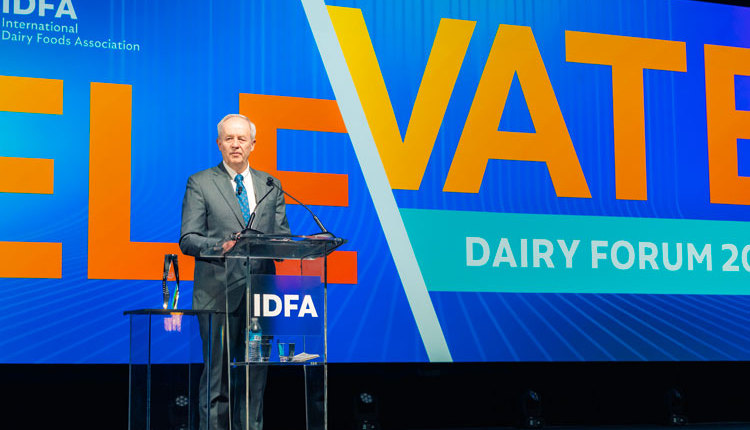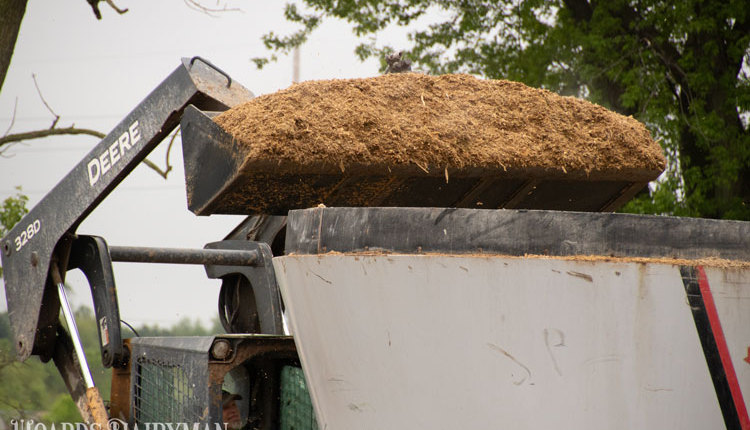By creating a new category of regulations, Canadian government officials once again circled the wagons to shelter their domestic dairy markets. While “bringing home” an estimated $150 million in ultra-filtered milk sales may be a short-term solution, the action could invoke a broader trade battle between the U.S. and Canada at a time when some U.S. political leaders are rankled by the “free” portion of the North American Free Trade Agreement.
Canada’s latest move could prove shortsighted as the nation ships one-third of all agricultural exports stateside and an even more critical three-quarters of all international goods to America. As this dairy trade skirmish unfolds, some U.S. dairy farmers, tragically caught in the crossfire, are scrambling to find a new home for their milk.
To be fair, our magazine has long supported Canada’s supply management system. It gives dairy farm families a predicable revenue stream. However, Canadian milk czars and their government allies have gone too far with their protectionist attitudes by creating a new Class VII category under its National Ingredients Strategy that covers ultra-filtered milk.
While the details of Canada’s rules and tactics are scant, closing the import door may not pass trade tests with the World Trade Organization. We also know the move has disadvantaged multiple dairy companies and their farm patrons in Wisconsin and New York. With 1 million pounds of milk each day losing a home at Wisconsin’s Grassland Dairy Products alone, that company reluctantly had to shed dozens of patrons by issuing a 30-day notice on April 1.
Quite frankly, Canada cannot have it both ways. Over a 10-year span, it sat back and watched American dairy farmers and processors grow and develop a $150 million market category for this new product that passes milk through a thin membrane to separate milk components. With the demand established, Canada now wants to reap the rewards on the ultra-filtered milk market. Not only is that not neighborly, as U.S. processors invested millions into new equipment, it is neither free nor fair trade.
No wonder President Trump wants to rethink the entire North American Free Trade Agreement. Canada just provided fuel for the fire.










